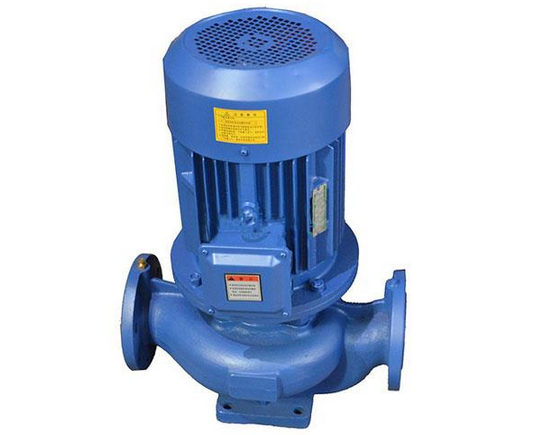How to prevent hydraulic imbalance in circulating pumps
Preventing hydraulic imbalance of the circulation pump is an important measure to ensure efficient and stable operation of the circulation system. The following are some specific prevention and solution measures:
1. Optimize system design
Reasonably design the pipe network: When designing the pipe network, the resistance balance of each pipe section should be fully considered, and the resistance of each pipe section should be equal or close as much as possible to reduce the occurrence of hydraulic imbalance.
Choose a suitable circulation pump: According to the flow and head requirements of the system, choose a suitable circulation pump to avoid the flow and head mismatch caused by the pump body being too large or too small.
2. Set up the adjustment device
Install the balancing valve: Install the balancing valve at the key node of the pipe network or the user system end, and eliminate the excess service pressure head by adjusting the additional resistance to achieve hydraulic balance. The balancing valve can automatically change the additional resistance to adapt to changes in the pipe network, reducing the complexity and workload of manual adjustment.
Introduce proportional adjustment technology: Use modern instruments such as ultrasonic flowmeters to monitor and adjust the water flow in parallel pipes in real time, maintain the reasonable distribution of the flow of each pipe, and prevent hydraulic imbalance.
3. Strengthen operation management
Regular inspection and maintenance: Regularly inspect and maintain the circulation pump and pipeline network to ensure the normal operation of the pump body, valves, pipelines and other equipment. Timely discover and deal with pipeline blockage, leakage, valve failure and other problems to prevent hydraulic imbalance caused by equipment failure.
Reasonable flow adjustment: According to the actual operation of the system, reasonably adjust the flow and head of the circulation pump to ensure stable operation of the system. Avoid system fluctuations and hydraulic imbalance caused by excessive or frequent adjustments.

4. Use advanced technology
Intelligent control system: Introduce intelligent control system to monitor and control the circulation pump and pipeline network in real time. Through data analysis and prediction, discover and solve potential hydraulic imbalance problems in advance.
Energy-saving and consumption-reducing technology: Adopt energy-saving and consumption-reducing technologies, such as variable frequency speed regulation and intelligent control, to improve the operating efficiency of the circulation pump and reduce energy consumption and costs. At the same time, it also helps to reduce system fluctuations and hydraulic imbalance caused by excessive operation.
5. Other measures
Add relay pumps: Add relay pumps at the entrance of heat users to increase the pressure head of heat users to solve the hydraulic imbalance problem caused by insufficient circulation flow. However, care should be taken to avoid the occurrence of "water grabbing".
Replacement of large-flow, high-lift circulating water pumps: In the case of a large radius of the heating network and severe hydraulic imbalance, it is possible to consider replacing large-flow, high-lift circulating water pumps to increase the flow of the terminal loop and alleviate the hydraulic imbalance. However, care should be taken to avoid overheating of the near-end users.
Preventing hydraulic imbalance of the circulating pump requires multiple aspects, comprehensive consideration and taking corresponding measures to ensure the stable operation of the system.




